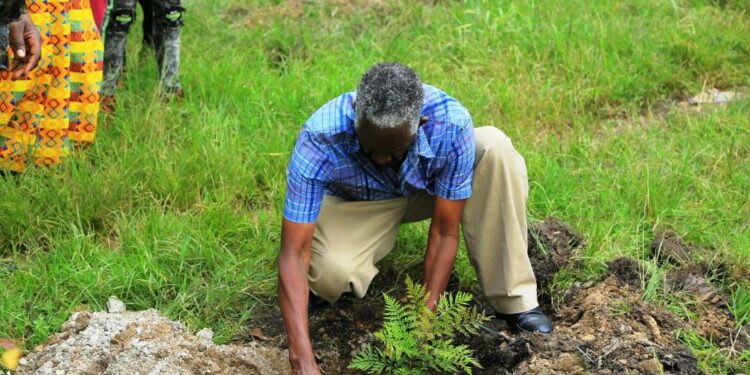In a time when sustainable practices are desperately needed and the environment is facing many obstacles, planting trees has become a potent tool that benefits both tourism and conservation. The mutually beneficial relationship between these two factors emphasises how important trees are to the preservation of biodiversity, the mitigation of climate change, and the enhancement of the attraction of natural landscapes for tourists.
Benefits of Planting Trees for Conservation: Preservation of Biodiversity: A wide range of plant and animal species find refuge in trees. We can support a variety of life forms by establishing micro-ecosystems through tree planting. In particular, forests are hotspots for biodiversity, serving as habitats for innumerable species and enhancing the general wellbeing of ecosystems.
Trees serve as nature’s carbon sinks, storing carbon in their biomass and absorbing carbon dioxide during photosynthesis. This helps to mitigate the effects of climate change. By lowering the amount of greenhouse gases in the atmosphere, this aids in reducing the effects of climate change. Global efforts to combat climate change benefit greatly from large-scale tree planting initiatives.
Preservation of Soil: The roots of trees are essential in stopping soil erosion. They enhance water retention, lessen runoff, and stabilise the soil. This is especially crucial in areas where deforestation is common since the removal of trees can have a negative effect on the quality of the soil and water supplies.
Benefits of Tree Planting for Tourism:
Scenic Beauty and Aesthetic Appeal: Vacation spots with verdant surroundings and picturesque vistas entice travellers. Planting trees improves an area’s aesthetic appeal and creates aesthetically beautiful settings that draw people in. Diverse tree species enhance the beauty of tourist destinations, from vivid autumn foliage to thick tropical jungles.
Wildlife tourism: Diverse wildlife finds a home in healthy ecosystems that are bolstered by tree-planting campaigns. This in turn draws tourists who are interested in wildlife and the natural world. Rich in tree cover, national parks and protected areas are excellent places to see and interact with a diverse array of wildlife in their native environments.
Recreational Opportunities: Hiking, bird watching, and camping are among the recreational activities available in areas covered in trees. In addition to offering opportunities for physical exercise, well-kept forests and paths surrounded by trees also make for unforgettable experiences for visitors looking to get in touch with nature.
Cultural and Educational Value: Many tree species are important to local communities on a cultural level. Contributing to the preservation of cultural heritage is the planting and maintenance of these trees. Travellers frequently look for immersive experiences that educate them about native plants and animals and help them develop a respect for the environment and its preservation.
Planting trees is a potent and versatile tactic that meets the needs of both tourism and conservation. Planting trees becomes a symbol of hope as we work to preserve our planet’s biodiversity and confront the challenges posed by a changing climate. At the same time, the verdant settings these initiatives produce draw tourists, supporting environmentally conscious tourism and sustainable economic opportunities. We can pave the way for a future that is greener, more resilient, and that balances tourism and conservation by realising the twofold effects of planting trees.
Do you have a story in your community or an opinion to share with us: Email us at editorial@watchdoguganda.com














